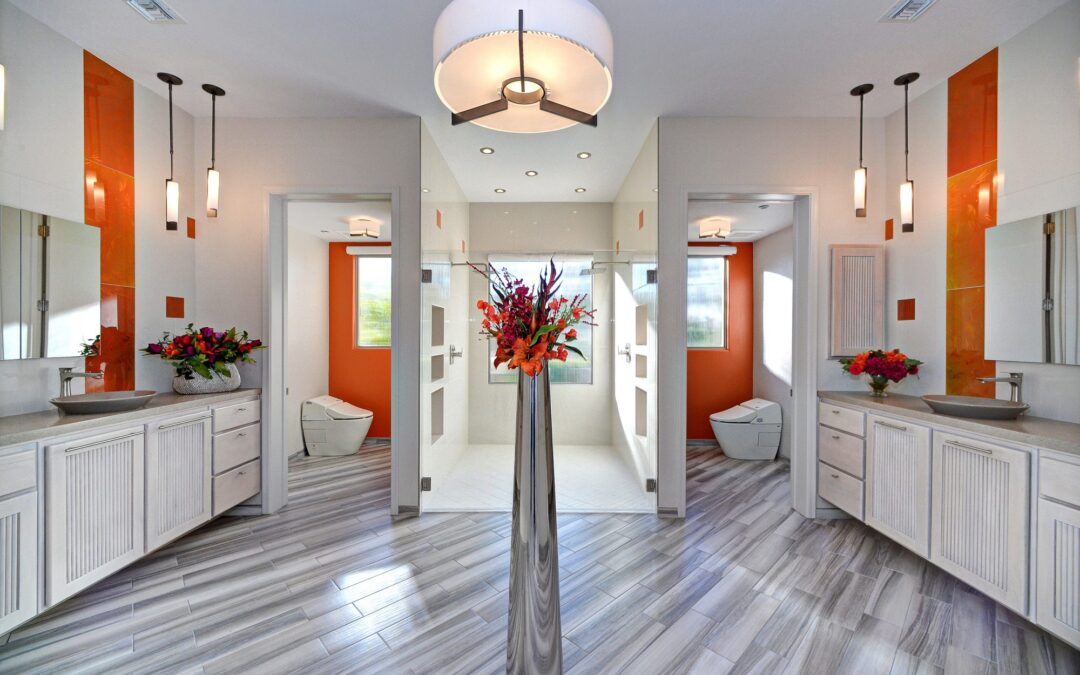None of us want to think about aging.
And it is so much easier to just dismiss thoughts of aging as they creep into our minds. But denial isn’t likely to result in an outcome you’ll be happy with. Knowledge, prevention, and preparation is.
Our Bodies As We Age
Because we were never schooled on the body’s aging and its manifestations, you may not be aware of changes that naturally occur. For example, in our 40’s our vision starts declining. In our 50’s we start losing balance. As we continue aging, we lose muscle and often bone density. In our 60s and 70s we experience less dexterity, and the aging process continues. In our 80s mobility challenges begin to arise.
In addition to natural occurring age-related changes, many adults 55 and older undergo knee and hip replacement surgeries. They experience life-changing strokes and heart attacks, cancer and other illnesses. Arthritis, diabetes, neuropathy, and arthritis are also common.
Whether it is natural aging, surgery, disease or illness, the result is a sharp increase in the risk of falls, reduced mobility, and the need for a mobility device (walker, wheelchair or scooter). Because the changes are so gradual, we often don’t notice or don’t take them seriously and just dismiss them as a fluke. Whereas action should be taken to prevent a reoccurrence. Better yet, prevent falls and accidents before they happen with a safer, accessible home.
Falls Are a Huge Problem.
They are debilitating and the leading non-illness cause of death in adults 65 and older.
According to the U.S. Centers for Disease Control and Prevention (CDC):
- Each year, more than one out of four people 65 and older fall.
- Falling once doubles your chances of falling again.
- One out of five falls causes a serious injury such as broken bones or a head injury.
- Each year, 3 million older people are treated in emergency departments for fall injuries.
- Over 800,000 patients a year are hospitalized because of a fall injury, most often because of a head injury or hip fracture.
- Each year at least 300,000 older people are hospitalized for hip fractures.
- More than 95% of hip fractures are caused by falling.
- Falls are the most common cause of traumatic brain injuries (TBI).
Falls, with or without injury, heavily impact quality of life.
A growing number of older adults fear falling and, as a result, limit their activities and social engagements. This can result in further physical decline, depression, social isolation, and feelings of helplessness.
Preventative Measures Today for a Better Tomorrow
In addition to eating healthy and exercising, your home’s interior structure and design is very important. It needs to be professionally designed and remodeled for Well Aging (also known as Aging in Place or Universal Design) in order to help prevent falls and accidents, provide accessibility for mobility devices, accommodate changing needs, and make daily activities easier.
According to the Harvard Joint Center for Housing Studies, 99% of U.S. homes are NOT ready for Aging in Place and usually some remodeling is required. Because bathrooms are the most dangerous rooms in your house, it’s essential to have at minimum the primary bathroom designed and remodeled for well aging.
A well aging designed home can ultimately mean the difference between being able to continue living in your home or the need to move to assisted living. And, if you’re like most people, you don’t want to spend your retirement years living in an assisted living community or care home.
A Common Mistake
All too often, people are caught unprepared for life-changing health events or aging. We fool ourselves into thinking it only happens to other people. Or we learn the hard way that our home is inadequate for surgery recuperation at home. In these scenarios, our homes are not ready at the time when needed most, nor as a preventative measure.
Doctors witness every single day life-changing events with their patients. They understand the importance of having a home designed for safety and wheelchair accessibility.
Aging in Place
It’s important to note that a talented Well Aging Interior Designer will make Well Aging Design as beautiful as it is functional, accessible, and safe.
In summary, it is wise to plan for the worst and hope for the best. Have your home designed and remodeled for well aging by a qualified, experienced Well Aging Interior Designer. Don’t wait until you think you need it, that’s too late.
Be brave and proactive. You and your independence are worth the investment!

